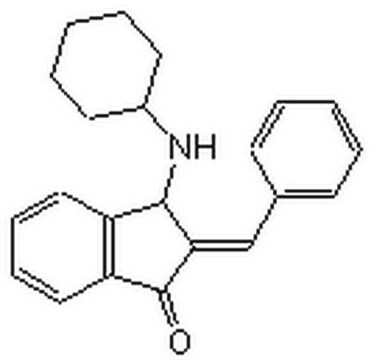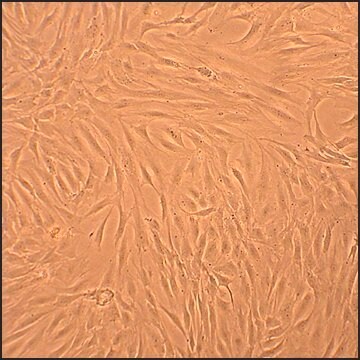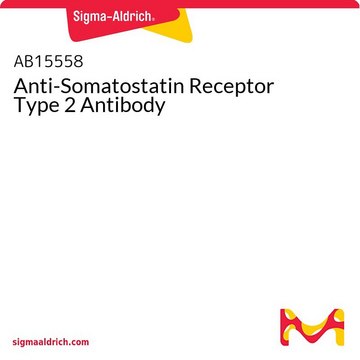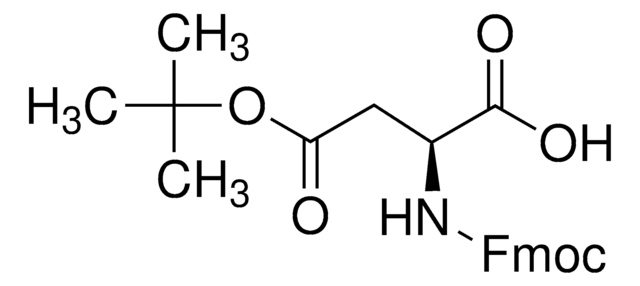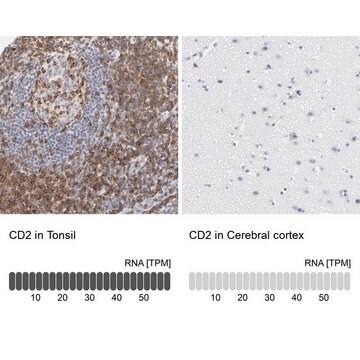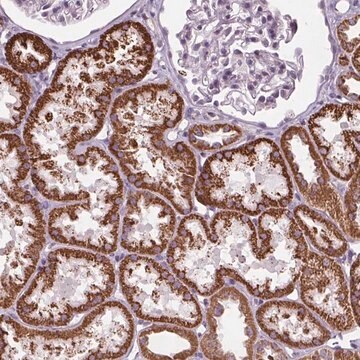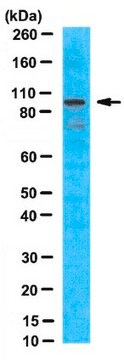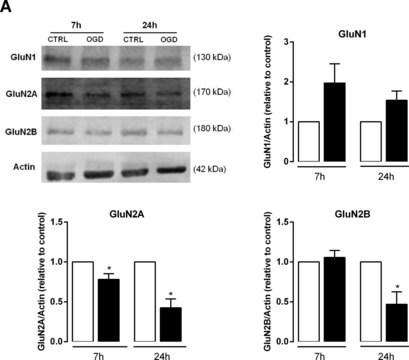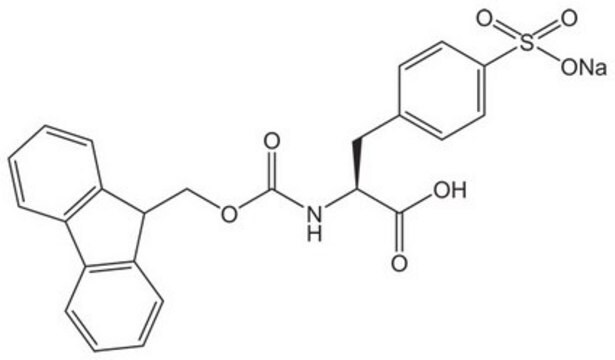ABE2611
Anti-Phospho-METTL3 (Ser 43)
Sinónimos:
N6-adenosine-methyltransferase catalytic subunit;EC:2.1.1.348;Methyltransferase-like protein 3;hMETTL3;N6-adenosine-methyltransferase 70 kDa subunit;MT-A70
About This Item
Productos recomendados
biological source
rabbit
Quality Level
conjugate
unconjugated
antibody form
purified antibody
antibody product type
primary antibodies
clone
polyclonal
mol wt
calculated mol wt 64.47 kDa
observed mol wt ~70 kDa
species reactivity
human
species reactivity (predicted by homology)
monkey, mouse, feline, rat, canine, porcine, bovine
packaging
antibody small pack of 100 μg
technique(s)
western blot: suitable
isotype
IgG
epitope sequence
N-terminal
Protein ID accession no.
UniProt accession no.
shipped in
dry ice
target post-translational modification
phosphorylation (pSer43)
Gene Information
human ... METTL3(56339)
General description
Specificity
Immunogen
Application
Evaluated by Western Blotting in lysates from HEK293T cells co-transfected with HER2 and Myc-tagged METTL3.
A 1:1,000 dilution of this antibody detected METTL3 phosphorylated on serine 43 in lysates from HEK293T cells co-transfected with HER2 and Myc-tagged METTL3, but not in lysates from cells transfected only with Myc-tagged METTL3.
Tested Applications
Western Blotting Analysis: A representative lot detected phospho-METTL3 (Ser43) in Western Blotting applications (Lung Sun, Hui., et. al. (2020). Mol Cell. 80(4): 633-647).
Western Blotting Analysis: A 1:1,000 dilution from a representative lot detected Phospho-METTL3 (Ser 43) in HEK293T cells co-transfected HER2 and Myc-tagged METTL3 (Data courtesy of Dr Chuan He & Dr Hui-Lung Sun at the University of Chicago).
Note: Actual optimal working dilutions must be determined by end user as specimens, and experimental conditions may vary with the end user
Physical form
Storage and Stability
Other Notes
Disclaimer
¿No encuentra el producto adecuado?
Pruebe nuestro Herramienta de selección de productos.
Storage Class
12 - Non Combustible Liquids
wgk_germany
WGK 2
flash_point_f
Not applicable
flash_point_c
Not applicable
Certificados de análisis (COA)
Busque Certificados de análisis (COA) introduciendo el número de lote del producto. Los números de lote se encuentran en la etiqueta del producto después de las palabras «Lot» o «Batch»
¿Ya tiene este producto?
Encuentre la documentación para los productos que ha comprado recientemente en la Biblioteca de documentos.
Nuestro equipo de científicos tiene experiencia en todas las áreas de investigación: Ciencias de la vida, Ciencia de los materiales, Síntesis química, Cromatografía, Analítica y muchas otras.
Póngase en contacto con el Servicio técnico